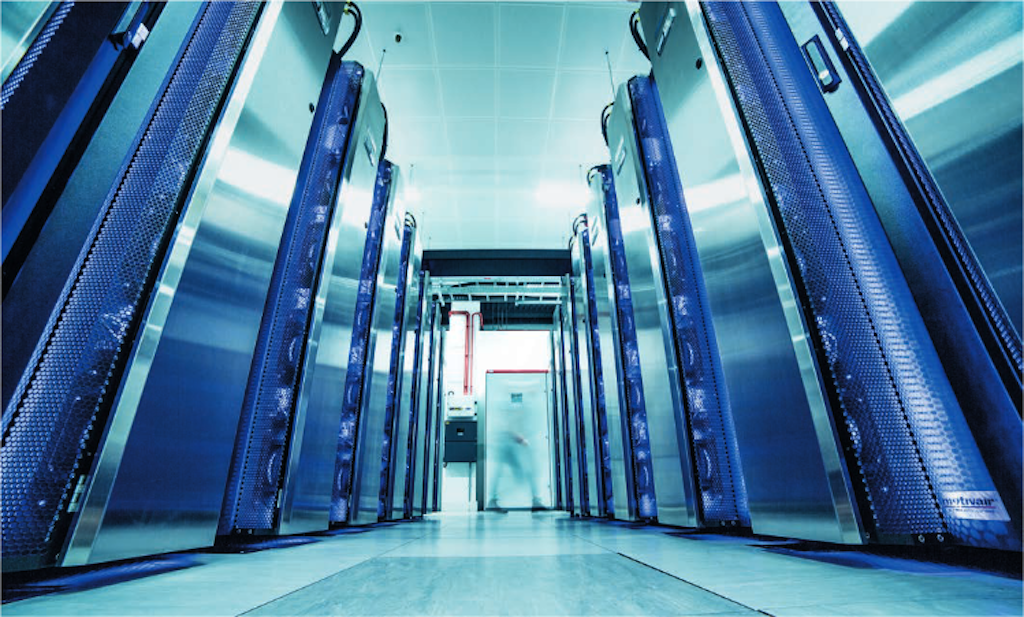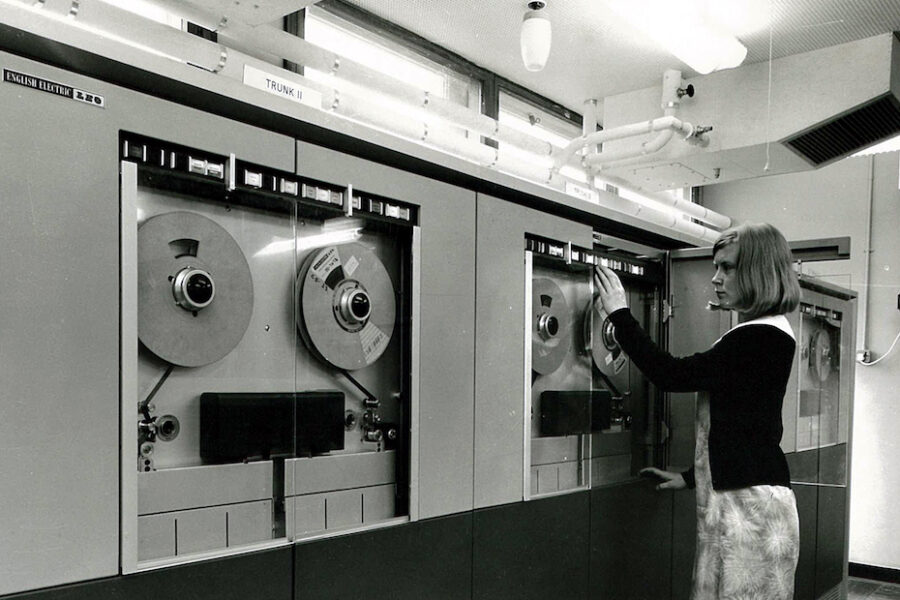Main Image: English Electric KDF9 (Lyons Electronic Office) Magnetic Tape Reader, Bracknell, 1966
The Meteorological Office, or Met Office for short, was established in 1854 and issued its first storm warning in 1861. Today it is known as the United Kingdom’s national meteorological service and is at the forefront of critical weather services and world-leading climate science.
It was in 1921, 60 years after its creation, that meteorologist and mathematician Lewis Fry Richardson laid the foundations for using digital computers to predict the weather but it would be three decades later before the Met Office was using the technology.
This was the LEO I in 1951 and ever since it has been using the latest computer technology from the Ferranti MK 1 in 1952 to the Cray XC40 supercomputer in 2016.
In collaboration with the Met Office we present below a fascinating timeline of events that shows some of the key stages along the way.
Related Content: Supercomputers and the Met Office: at the forefront of weather and climate science
1861
First storm warning issued – Before the digital age the telegraph was used to transmit weather observations to the Met Office and to send out warnings to key coastal locations. The first warning states ‘hoist drum’.
1922
Lewis Fry Richardson publishes ‘Weather Prediction by Numerical Process’ – this lays out the basic equations for Numerical Weather Prediction using digital computers several decades before their invention.
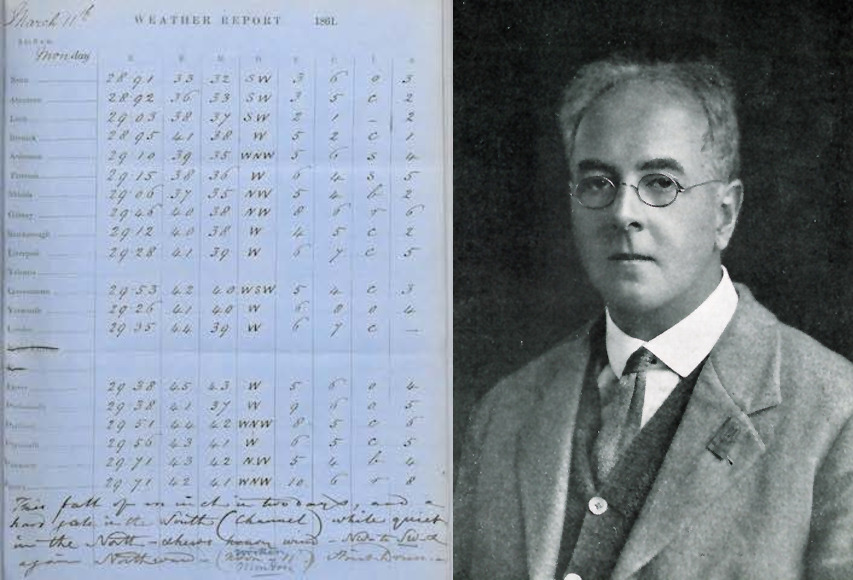
1948
Meeting held jointly by the Meteorological office and Imperial College to discuss ‘the possibilities of using electronic computing machines in meteorology’.
1951
Frank Bushby and Mavis Hinds of the Met Office start using Lyons LEO1 at Cadby Hall, the first business computer. LEO handled company accounts and logistics but also factored in MO weather forecasts to influence the goods carried by their ‘fresh produce’ delivery vans.
1952
First use of an electronic computing machine Ferranti MK 1 at University of Manchester – to carry out a number of calculations pre-curser to a system of mathematical forecasting based on the dynamics of the atmosphere initial results ‘great theoretical interest and not without promise of practical value’. Time on the machine had to be shared with Alan Turing.

1955
Met Office purchases its own computer – a Ferranti Mercury Mk 1 known as Meteor.


1964
Met Office purchases an English Electric LEO KDF 9 known as COMET. This machine ran the first operational Numerical Weather Prediction (NWP) forecast on 2 November 1965.
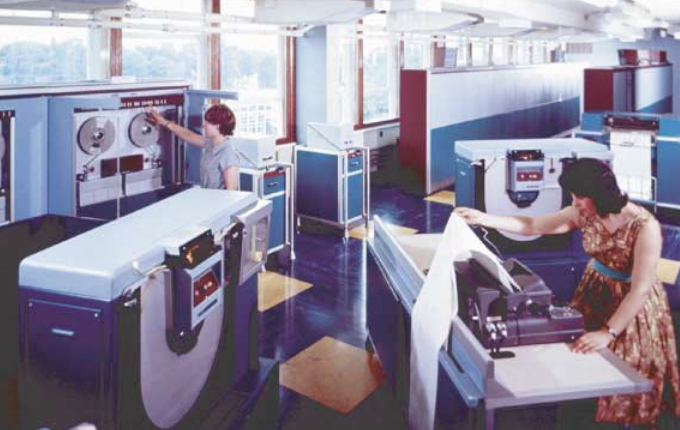
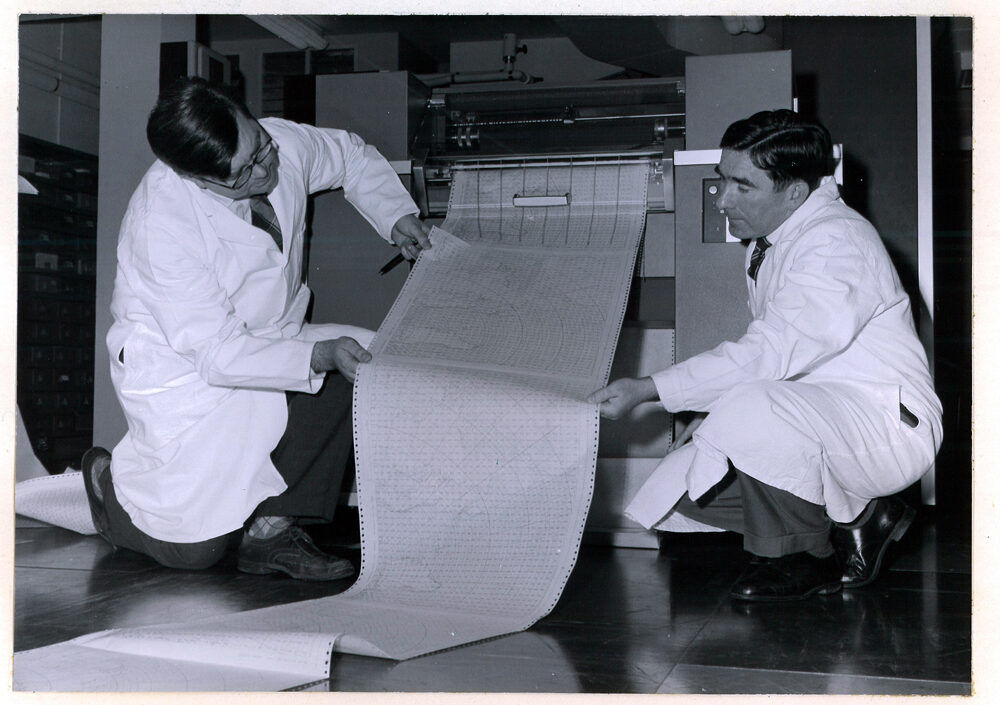
1971
Met Office purchases IBM 360/195 named COSMOS – this allowed the 3-level model to be replaced by the 10-level model in August 1972.
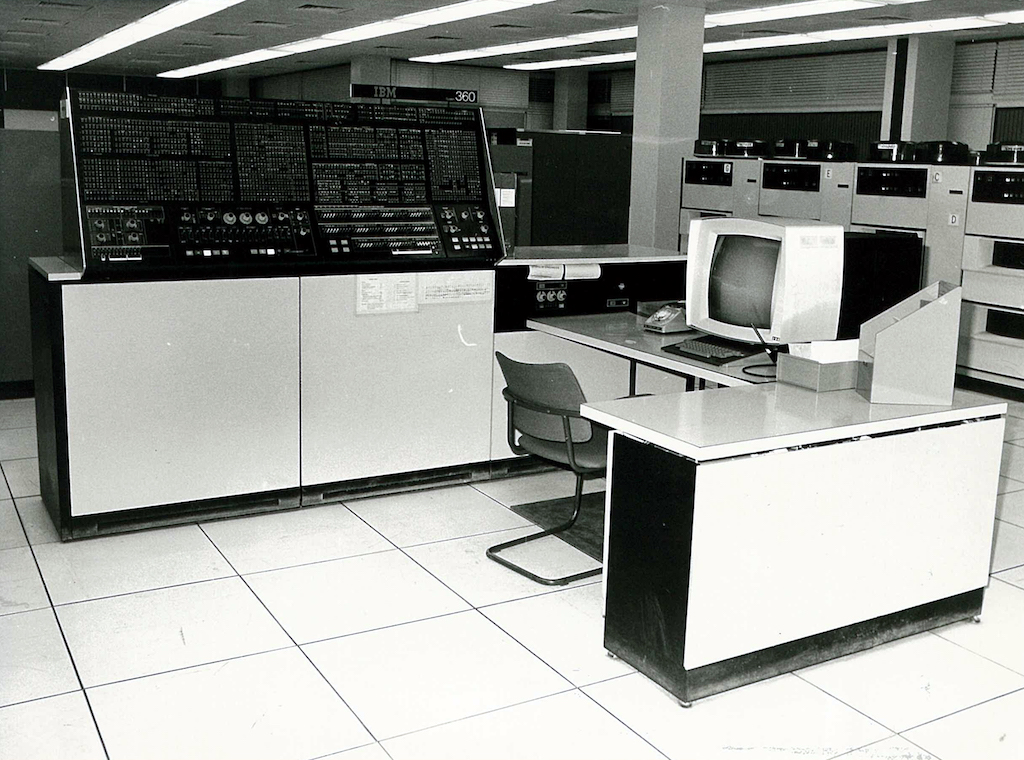
1982
First Met Office Super Computer Cyber 205. It was 100 times faster than the IBM and allowed the Met Office to begin climate modelling to support the world climate programme.
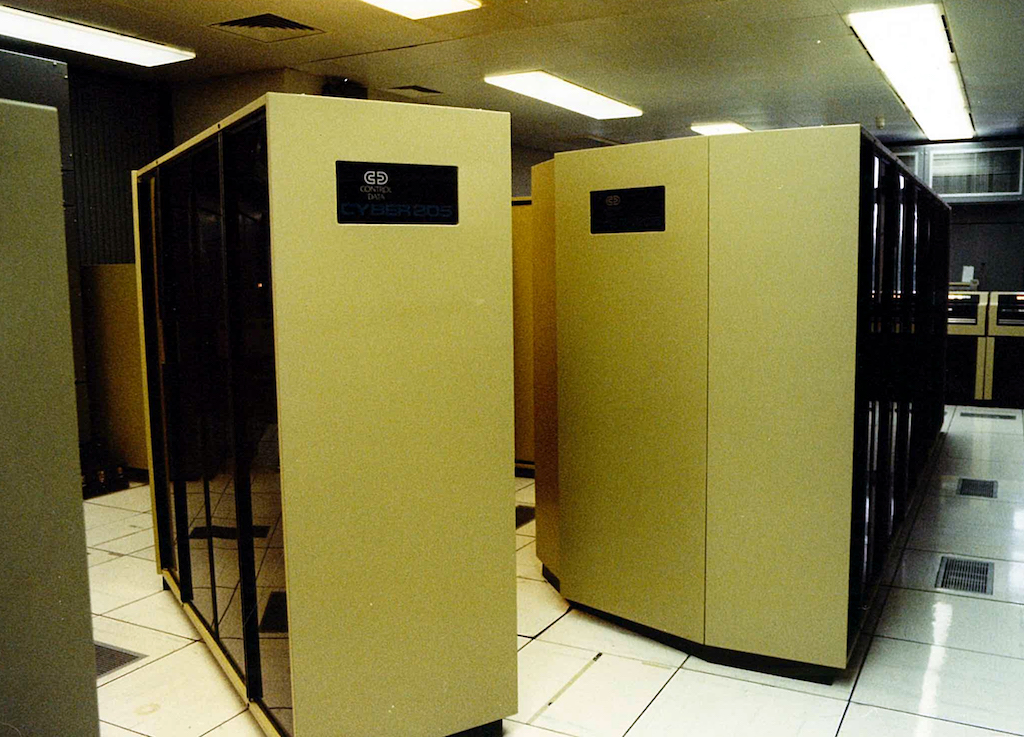
2016
Cray XC40 Supercomputer installed at Exeter – 3x machines, two carry out operational modelling and act as back up for each other, the third is dedicated to weather and climate research and allows collaborative work with organisations around the world.
